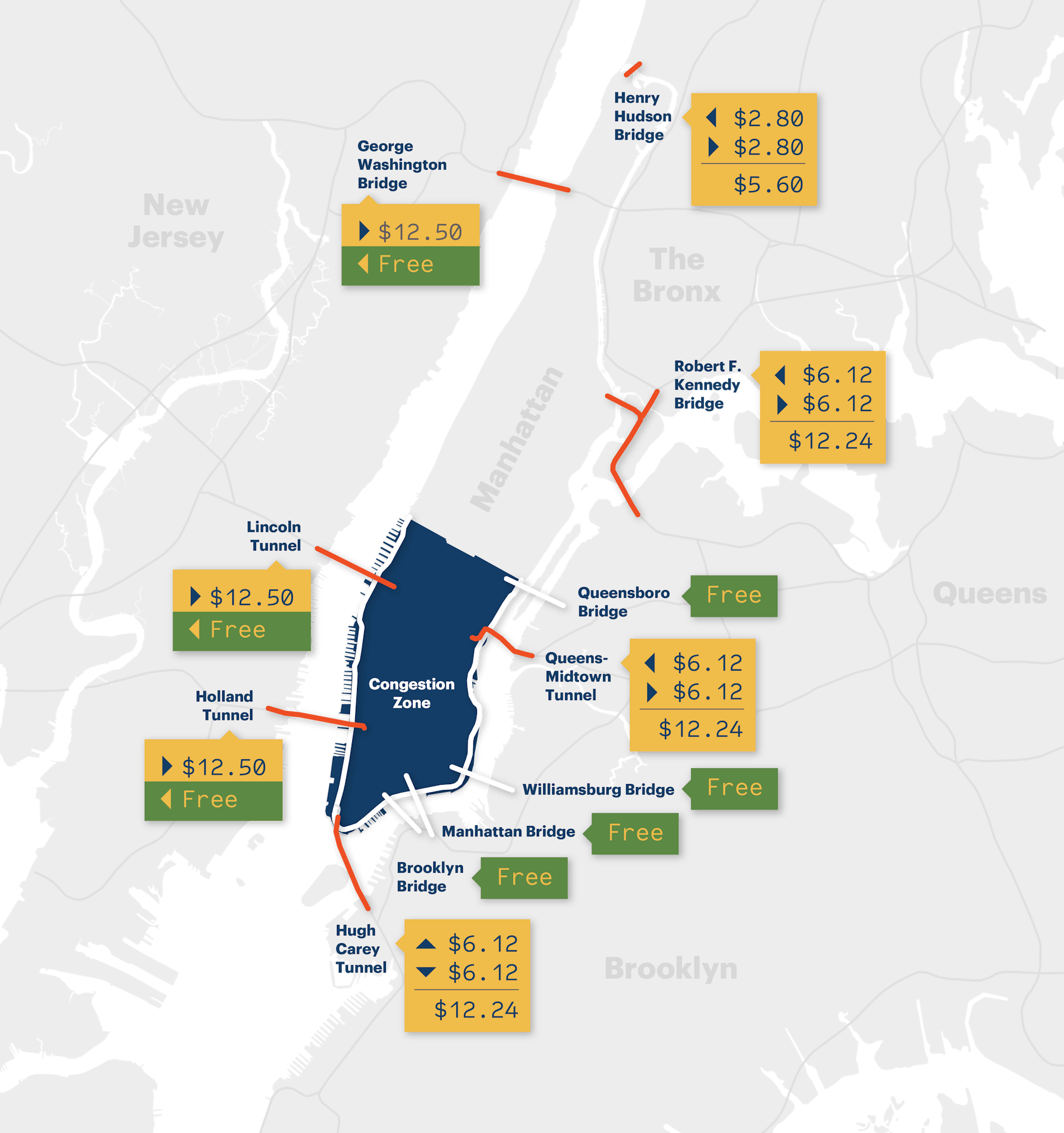Congestion Pricing Takes Center Stage: Understanding the Sudden Surge in Popularity
Introduction to Congestion Pricing
Congestion pricing, a strategy aimed at reducing traffic congestion by charging drivers a fee to enter certain areas, has become a trending topic lately. This surge in interest can be attributed to recent developments in New York City's congestion pricing plan. According to the U.S. Department of Transportation, the termination of approval for New York City's congestion pricing plan has sparked a wave of discussions and debates. For instance, a report by the Federal Highway Administration highlights the importance of congestion pricing in managing traffic flow.
The Role of Government Agencies
The Metropolitan Transportation Authority (MTA) has been at the forefront of implementing congestion pricing in New York City. However, the U.S. Department of Transportation's decision to terminate its approval has raised concerns about the project's future. As noted by the The New York Times, this move has significant implications for traffic management and revenue generation. Furthermore, the Federal Highway Administration's Value Pricing Pilot Program provides valuable insights into the benefits and challenges of congestion pricing.
Legal Challenges and Public Opinion
The MTA has filed papers in federal court to challenge the reversal, citing the need for a comprehensive traffic management strategy. This legal battle has drawn attention to the complexities of congestion pricing, with experts weighing in on the potential benefits and drawbacks. A study by the Texas A&M Transportation Institute found that congestion pricing can reduce traffic congestion by up to 20%. Additionally, a report by the National Association of City Transportation Officials highlights the importance of public engagement in congestion pricing initiatives.
Data-Driven Insights
Data from the American Automobile Association (AAA) suggests that traffic congestion costs the average American driver over $1,000 per year. Meanwhile, a study by the Urban Land Institute found that congestion pricing can generate significant revenue for urban infrastructure projects. For example, London's congestion charge has generated over £1 billion in revenue since its introduction. Moreover, Singapore's electronic road pricing system has reduced traffic congestion by up to 15%.
Actionable Insights and Predictions
Based on current trends and data, here are three actionable insights:
- Invest in traffic management infrastructure: Cities can benefit from investing in smart traffic management systems, such as intelligent transportation systems (ITS), to reduce congestion and improve traffic flow.
- Engage with the public: Successful congestion pricing initiatives require public engagement and education, as seen in Stockholm's congestion tax.
- Monitor and adjust: Cities should continuously monitor the effectiveness of congestion pricing and adjust their strategies accordingly, using data from traffic monitoring systems to inform their decisions.

In conclusion, the sudden surge in popularity of congestion pricing can be attributed to the recent developments in New York City's congestion pricing plan and the subsequent legal challenges. As cities continue to explore innovative traffic management strategies, it is essential to consider the complexities and potential benefits of congestion pricing, using data from reputable sources such as the World Bank and the International Transport Forum. By understanding the trends and insights surrounding congestion pricing, cities can make informed decisions about their traffic management strategies and work towards reducing traffic congestion and improving urban mobility.